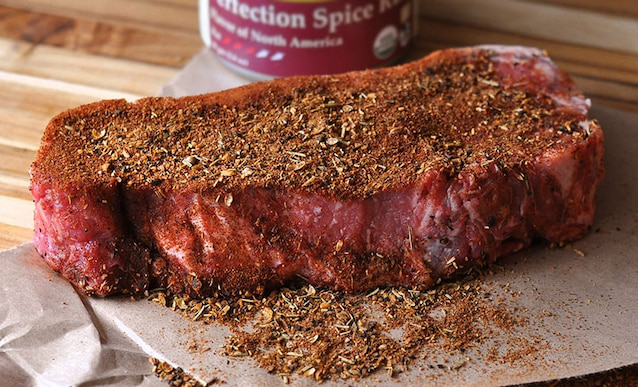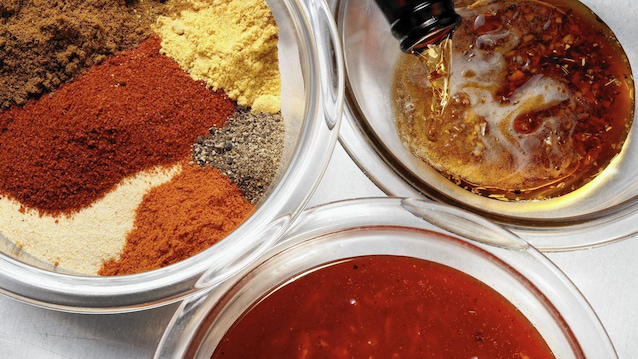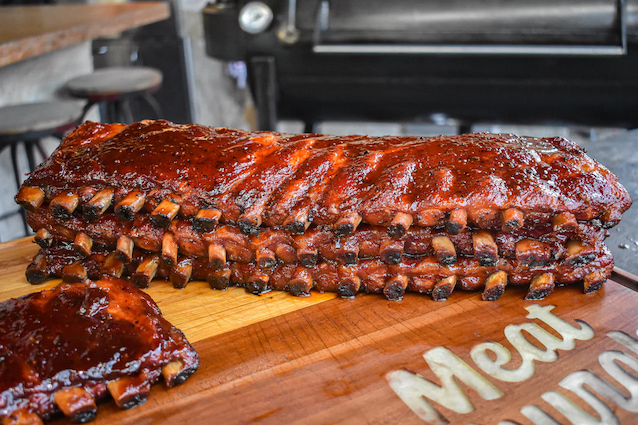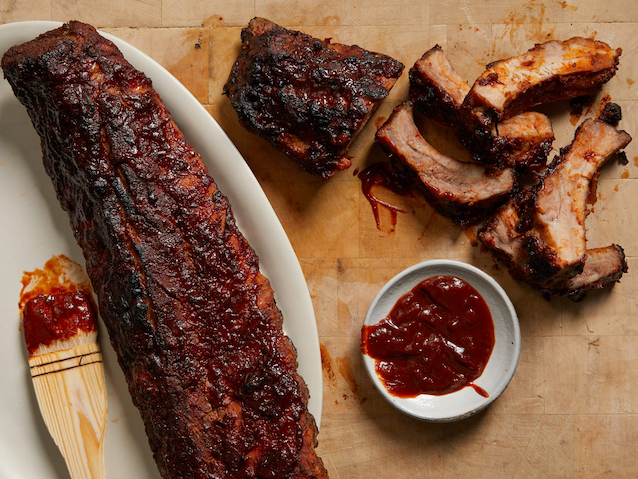The Importance of BBQ Rubs: Add Flavour and Character to the Meat
Some pitmasters will insist that the salt and pepper combo is all you need for preparing delicious meat. This is generally true for some meat cuts, but even a premium steak tastes better with a crunchy covering of coarse spices. Other meat cuts benefit from a salty-smoky-sweet seasoning rub because they don’t have as much flavour on their own.
If you’re new to barbecue, our rubs guide will lead you through all the fundamentals of utilizing BBQ rubs to make scrumptious meats.
Why Are BBQ Rubs Important in Meat Preparation?
If you’re a fan of great-tasting meats, delicious bbq spice rubs are a great way to kick the flavour up a notch. They aid in the creation of the bark surface, which is a smoke-infused crust on the surface of slow-smoked meats.

Depending on how hot the cook wants their food to be, paprika or chilli powder is frequently used in large quantities in rubs to add colour. These red spices when used correctly, can also assist to produce a surface consistency that is almost glazed- or sauce-like. However, you can balance them with other ingredients that don’t pack as much of a punch.
There is, however, no established formula for calculating the amount of rub you will need per pound of meat because there is no fixed relationship between a piece of meat’s weight and surface area. In most cases, using enough to completely cover the surface is what you need – any excess won’t stick and will come off.
What to Look for in BBQ Rubs
Wet vs. Dry Rubs
Dry rubs are a blend of spices and dry herbs directly massaged into the meat before it’s cooked. When the meat and rub are mixed, the juices from the meat will form a smoky, sweet exterior that, when combined, enhances the inherent flavour of the meat.
Can a wet rub be created from a dry one then? Yes, absolutely – simply combine your dry rub with an equal amount of oil to create a paste, then spread it on the meat, to create a wet version. You can use oil to help your spice to adhere to the meat more effectively and won’t evaporate during the cooking process. You can make the sauce without oil by using apple cider vinegar, mustard, apple cider, or even beer.

The extra wet component, which typically improves the barbecue rub’s ability to stick to the meat, is the main distinction between a dry and a wet rub. Choose the proper barbecue seasoning to achieve the finest results. As always, your particular preferences will ultimately determine the type of rub you decide to use.
It’s ideal to use bbq spice rubs to coat the outside of the meat with a thin coating of flavourful crust that seals in the juiciness. However, marinades make the meat softer and enable the spices to penetrate the meat more deeply.
Also, keep in mind that the distinction between wet and dry rubs and between wet and dry barbeque is not the same. The first refers to the type of rub that is employed, and the second concerns the use of bbq sauces, whether it be in the kitchen, on the table, or both.
A Rub for Every Protein
If you opt for a diet plan rich in proteins instead of consuming high-protein food snacks, why not explore the delicious ways of combining meat with rubs and use this as the main source of protein? With this in mind, certain spices and herbs are better complemented by different types of proteins.
When compared to other proteins, beef has a deep flavour and is best coupled with smoky spices. Brown sugar, sea salt, black pepper, and paprika are the basic ingredients in this mixture. Then, Texas-inspired flavours like chilli pepper, garlic, cumin, and hickory smoke are added.

Another great rub option is the one created as a homage to the sharp, mustard-based flavours of Carolina Gold BBQ. Its basis is made up of fine honey granules and mustard powder, and it is finished with garlic, onion, and other spices. This rub’s thin texture makes it ideal for making a paste-like coating to enhance the taste of smoked chicken or pig.
Pork has a mild, sweet flavour that goes well with many different flavours. Therefore, the perfect combination should contain brown sugar, chilli pepper, garlic, chipotle pepper, and hickory smoke taste for a traditional BBQ pork flavour and colour. Crushed red pepper flakes will add a visual aspect and added spice to this combination.
Sweetness Is Key
Speaking about wet vs. dry rubs, molasses is a fantastic component. Molasses, a byproduct of turning raw sugar into granulated white sugar, serves as a binding agent as well as a carrier for sweetness. Additionally, keep in mind that since barbeque is a low-temperature activity, you don’t need to worry about sugar burning.
Dry rubs, on the other hand, typically start with brown sugar, which is created by combining white sugar with molasses. It works well as a glue between the meat and the other ingredients in the rubs since it is slightly wet. Turbinado sugar and maple sugar are also excellent options.

The Right Way to Rub
Now that we’ve covered everything about rubs, you might be wondering how you apply a rub to the meat. Directly massaging a dry rub into the meat will make it instantly adhere to the surface. You can use paper towels to pat the surface of your meat dry. After that, you may either season the meat directly or lightly oil it before applying the rub. Depending on the specific cut, you can allow it to rest at room temperature for 30 to 60 minutes before cooking.
On the other hand, if you’re smoking a larger cut like a hog shoulder, brisket, or ribs, apply a thin layer of mustard or spicy sauce on the surface of the meat before applying the desired rub. This will increase the moisture on the surface and aid in the rub’s adhesion. Use a fine-grain rub to make the barbecue flavour particles stick to the meat.



